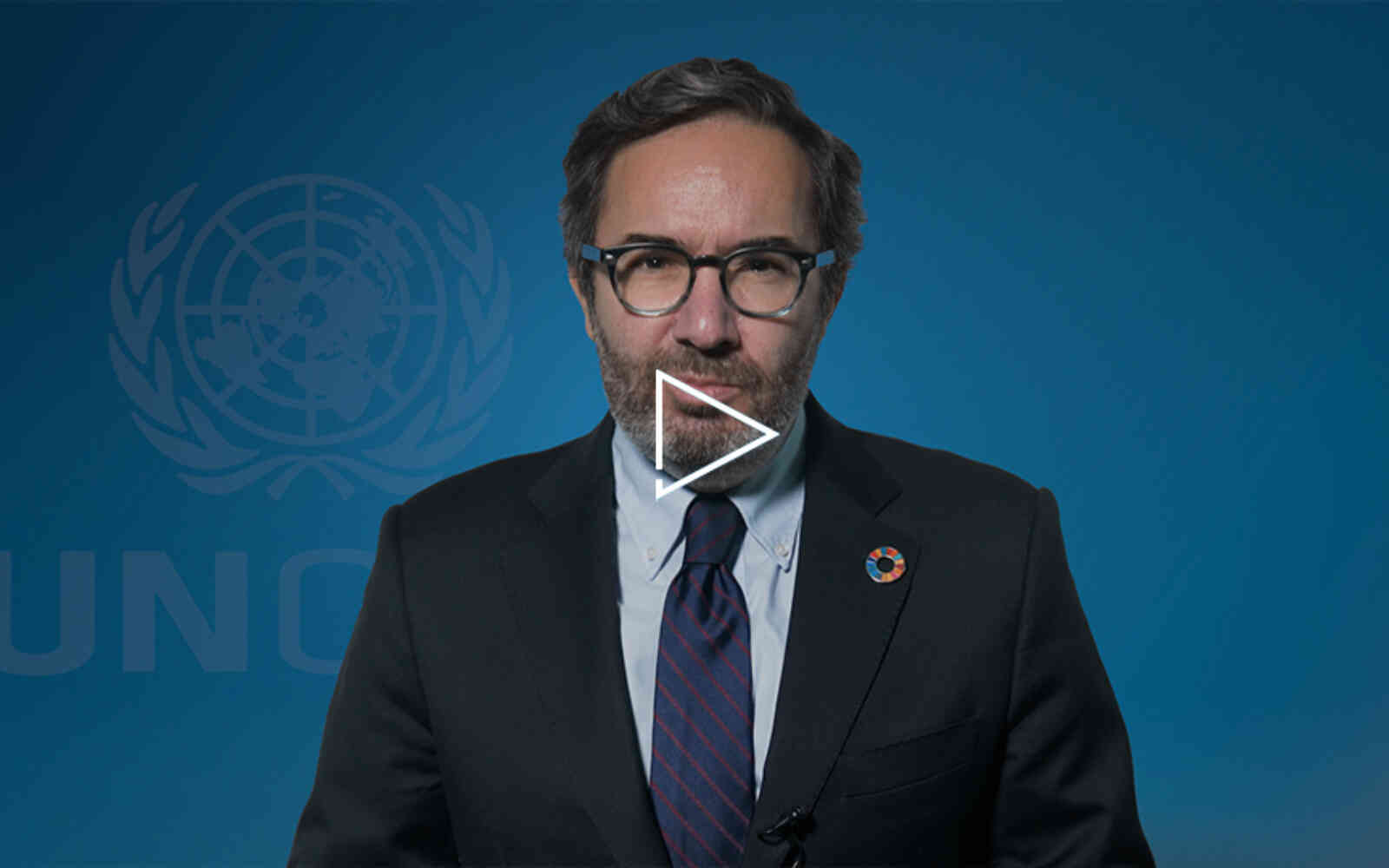The United Nations Office for Project Services (UNOPS)
HABITAT III: Harnessing the potential of urbanization in least-developed countries
Speech by Grete Faremo, Under Secretary General and Executive Director of UNOPS, at HABITAT III: UNOPS/UN-OHRLLS Networking Event - Harnessing the potential of urbanization in least-developed countries, Quito, 17 October 2016
[Check against delivery]
Distinguished Delegates, Ladies and Gentlemen,
More than half of the world's population live in cities, and this is expected to double by 2050.
This unprecedented change is almost entirely taking place in developing countries.
By 2050, the population of least developed countries is projected to reach 1.9 billion people. And around half of those people will be living in urban areas. The demands on our future cities are extreme.
Given these projections the challenges of urban poverty and city management will only worsen in many places if not addressed more aggressively.
Even in least developed countries where the rate of urbanisation is below 20 percent, the proportion of urban populations will double.
The need is urgent.
We must expand infrastructure and services to better cope with the growing number of inhabitants of our cities.
Still, billions of people lack basic amenities.
We need to rectify this, while at the same time addressing climate-related challenges.
We need safe water every day. We need electricity. Development will only happen with access to water and to power.
Properly done, urbanization offers great potential to lift millions of people out of poverty but also towards meeting many of the other goals and targets of the broader UN development agenda.
We must work to improve the lives of slum dwellers, provide affordable housing and access to basic services, resilience building, development of infrastructure and connectivity.
To provide opportunities to all we need carefully considered urban planning, good governance and effective regulations.
The way to tackle this is by planning and implementing our infrastructure investments through a "system of systems thinking".
This means changing national infrastructure plans from wish-lists of individual projects to considering how the individual projects would influence and be dependent on each other. They need to be done in the right order and adapted to a realistic scale.
We must focus on the role of local and national decision-makers, stressing the importance of strategic and integrated planning.
We must move away from the typical silos approach, where ministries and municipalities develop independent plans based on individual needs.
Effective governance both at the central and local level, linked with appropriate financial mechanisms and investment frameworks in infrastructure, is 'smart infrastructure'.
Affordable housing, renewable energy and transport can bring significant economic, social and environmental benefits. Done right, potentially saving money in preventing waste or rebuild after disasters. Reinforcing urban resilience in least developed countries is key.
Yet, to get there will require trillions of dollars of investment over the coming 15 years.
So how do we pay for all this?
The Paris Agreement recognised the need for appropriate funding to transform ambitions into reality.
In fact, ahead of COP21 many countries pledged additional funding to combat climate change, setting the stage for the historic agreement.
Today, the need for investments to fulfill our common global ambitions, as articulated in the sustainable development goals, is, however, measured in the trillions of dollars every year.
It is quite clear that this will not be mustered in the forms of grants from country to country.
Investments on this scale will only come about when governments, the private sector and international organizations work together.
If we are to create the investments needed on a global scale, we must also unleash private sector investment of a new magnitude.
--------------------------
My organization, UNOPS, is the operational arm of the United Nations.
We are eager to use our competence and capacity to help unleash new flows of foreign investment in low- and middle income countries where they are needed the most.
Recently, we established a Seed Capital Facility to explore new opportunities with private sector, where we offer to take on some of the associated risks onto our UN shoulders which otherwise would have been the sole responsibility of the private sector investor.
This way, using our own reserves, we aim to channel private capital into projects that create jobs, provide energy, and build hope for future generations.
If we build, we must build to last.
UNOPS has more than 20 years of experience in developing resilient infrastructure.
Through our role as co-chair of the International Recovery Platform we help countries "build-back-better" and be more resilient to shocks and stresses such as cyclones, floods and earthquakes.
We bring together community and public sector engagement, in areas including resilient cities and urban environment.
For example, a few years back, in San Salvador, a city exposed to increasingly strong and frequent tropical storms and hurricanes. Rivers in the city flood regularly, sometimes with devastating consequences for people living on the banks. Some year back a bridge was washed away with a whole bus full of people.
UNOPS rebuilt the bridge, but also enforced the banks, redesigned the gorge so that it will withstand future flash floods.
So in summary, a New Urban Agenda provides a renewed opportunity for least developed countries to rethink their urban capacity, tap into the full potential of urbanisation and use it as a vehicle for sustainable economic growth and shared prosperity.
And with UNOPS hands-on experience and technical expertise across infrastructure development, we are in a position to pass on our knowledge to least developed countries across the world, to help make this happen.
Thank you










